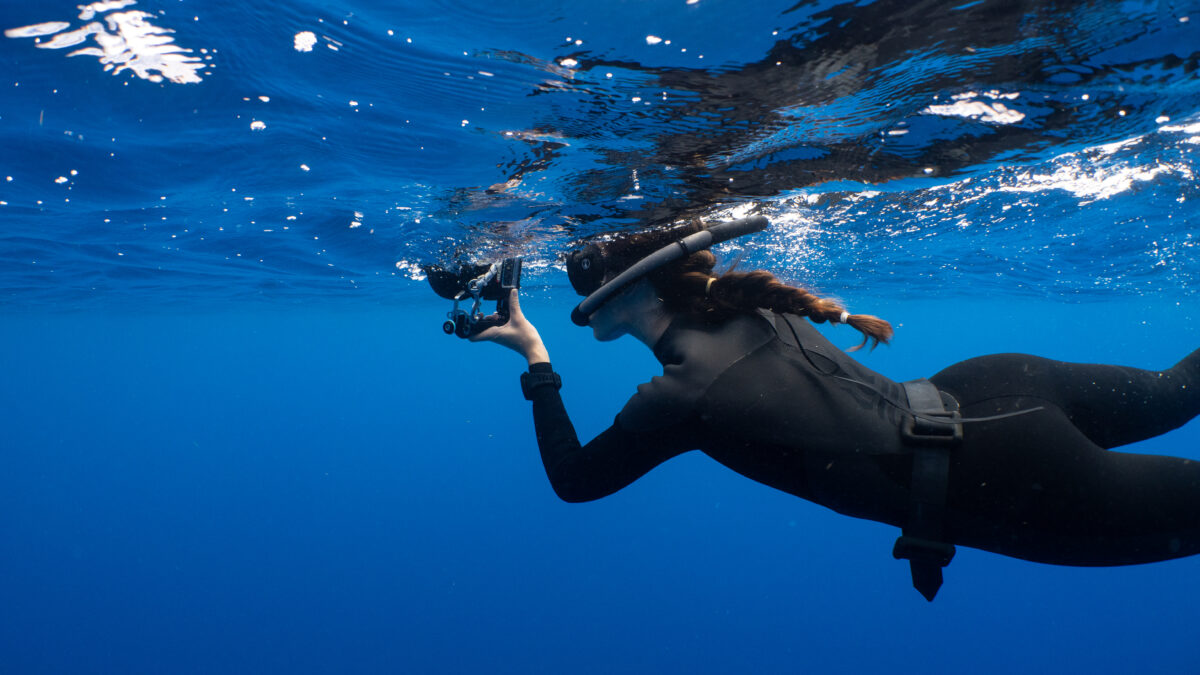“Breath is the bridge which connects life to consciousness, which unites your body to your thoughts. Whenever your mind becomes scattered, use your breath as the means to take hold of your mind again.” – Thich Nhat Hanh
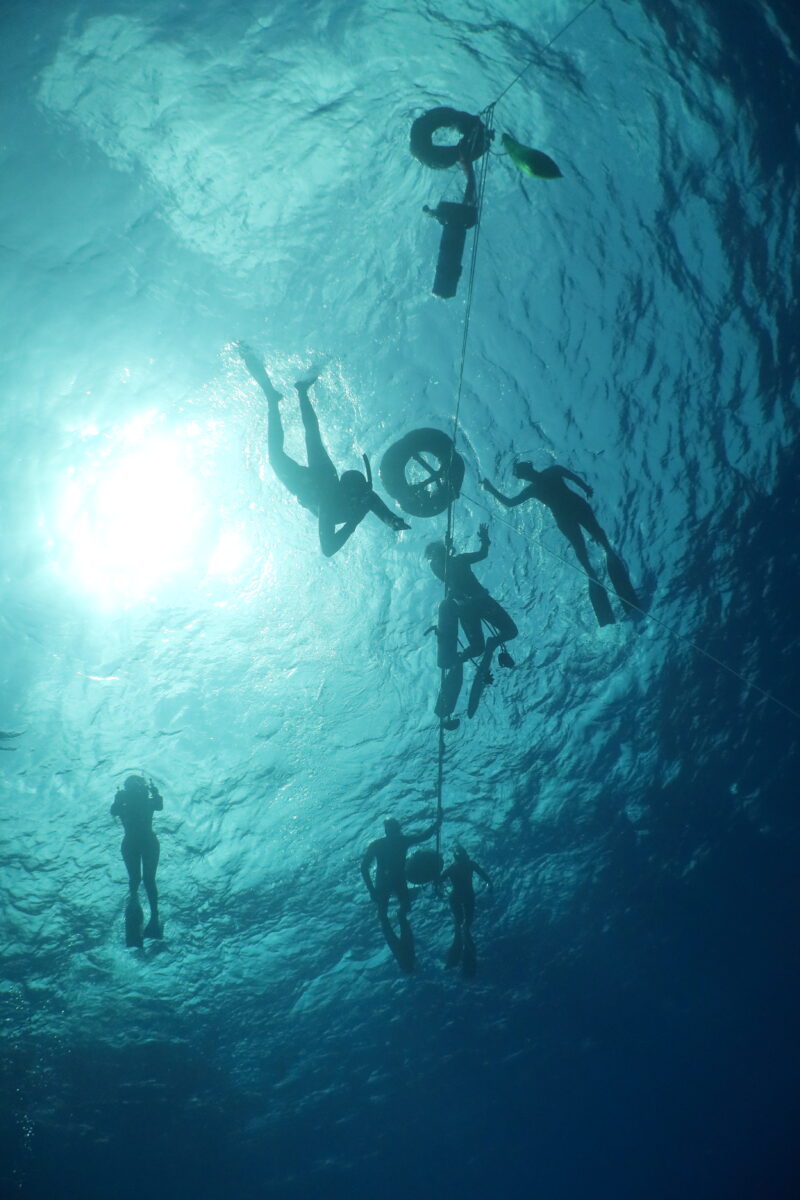
These words rang true and clear in my mind during my time in the Cayman Islands learning to freedive. Mask off, snorkel in, face in the water, we floated above 40 metres of blue ocean. The calm Caribbean Sea gently rocked us as we held onto the dive float, bodies totally relaxed from head to toes. With our eyes closed and our minds focused on the steady rhythm of our breath, extending each exhalation for a slow count of 12. This is what freedivers refer to as a ‘breathe up’, the time when the body and mind are prepared for the dive. At the end of the cycle when you are ready to go, you begin ‘purge’ breaths which are five strong diaphragmatic exhalations before the final deep segmented inhalation. The last inward breath first expands the lower belly, then the ribs and finally draws in the last maximum air into the top of the lungs, expanding across the collar bones. Once the lungs are full, the ears are pre-emptively equalised before a swift half bend and glide straight down into the water. After the first few strong kicks down into the blue, the body starts to become more negatively buoyant so less or no kicking is needed as you glide ever deeper.
Although to some this experience of sinking into the ocean may sound disturbing, to me and to many freedivers, there is a serenity in that moment between breaths. Before starting university, I travelled to India where I trained in yoga and pranayama breathing practices. Kumbhaka pranayama in particular is a breath retention technique with many similarities to the breath holding within freediving. It is taught that by holding the breath, you find the ‘space between breaths’ within which the mind can become clearer and you can find a connection to a higher state of consciousness. This year I hoped to learn more about the links between diving and yoga as I have often found time spent underwater to be an almost meditative experience.
This goal brought me to Grand Cayman where I met up with Millie Mannering and Rosie Poirier, my ocean sisters and fellow 2022 OWUSS scholars. We were all there to take part in freediving training with Kirk Krack, an industry leading instructor and freediving pioneer who set up the world’s first freediving education system, Performance Freediving International (PFI). The OWUSS network constantly amazes me with the incredibly accomplished people that we have the huge fortune of meeting and learning from along the way. Kirk would help us to reach our own peak performance and find out how our bodies and minds could be trained to reach their full potential in free diving.
Having taken the first few steps into the realm of freediving in Indonesia, I began Kirk’s training programme with sheer excitement and determination coursing through me. In our first few days we covered theory classes and pool sessions. We learnt, in incredible detail, about the physiology of freediving, the effects of water pressure at depth on the body, how lung volume at different depths can be calculated, the mechanisms of breath retention, what can go wrong and how to perform dives safely.
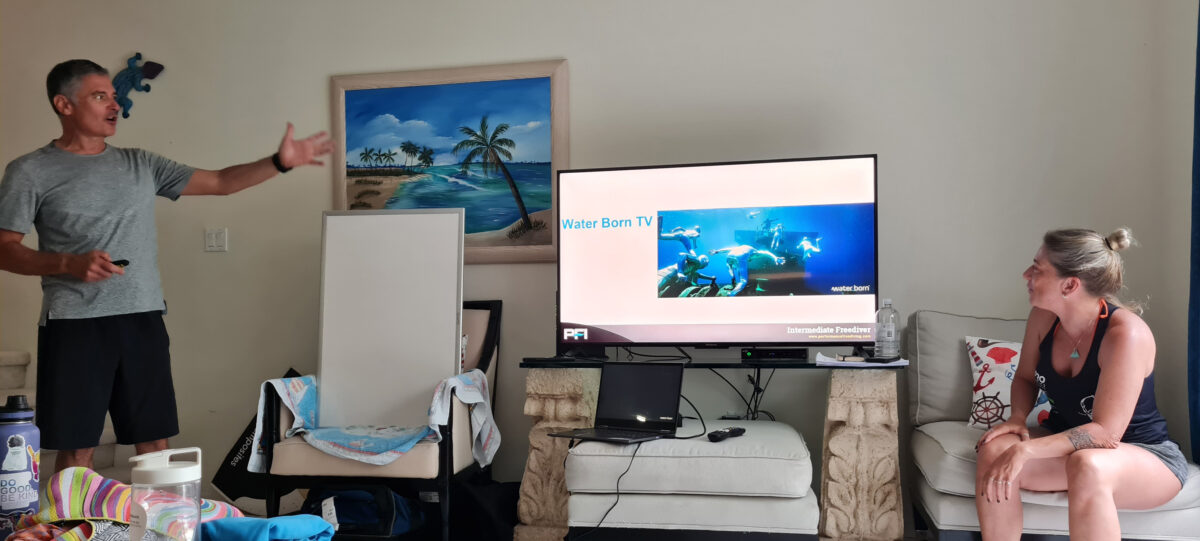


We also had guest lectures from the talented photographer Jason Washington, otherwise known as ‘Cayman Jason’, who taught us about underwater photography as a free diver, white balancing, adjusting settings, finding the right composition and working with light all on a single breath.


We also had a lecture by Mark Laboccetta, the founder of Mavericks America, a leading freediving and spearfishing equipment retailer.
His insight on freediving gear, from the materials used to the hydrodynamics of the various parts of a freediving fin.
As a beginner in the sport it was amazing to hear from such an expert about each detail of the equipment that we were learning to use.
During our course we were covering every aspect of freediving, including how to stay safe. Michael Goshgarian, a now retired US Naval Special Warfare Group TEN Commander, gave us a lecture via Zoom about risk management and assessment. It was fascinating to learn about his experiences and how the risks are mitigated, when making large scale and high stakes decisions, through the use of matrix systems which aim to remove any human subjectivity from the equation. This lecture will definitely stick with me as I move forward in my diving and scientific career. Risks are a part of everyday life but in occupational diving, these risks are increased and mitigating and removing any potential for human error is essential.
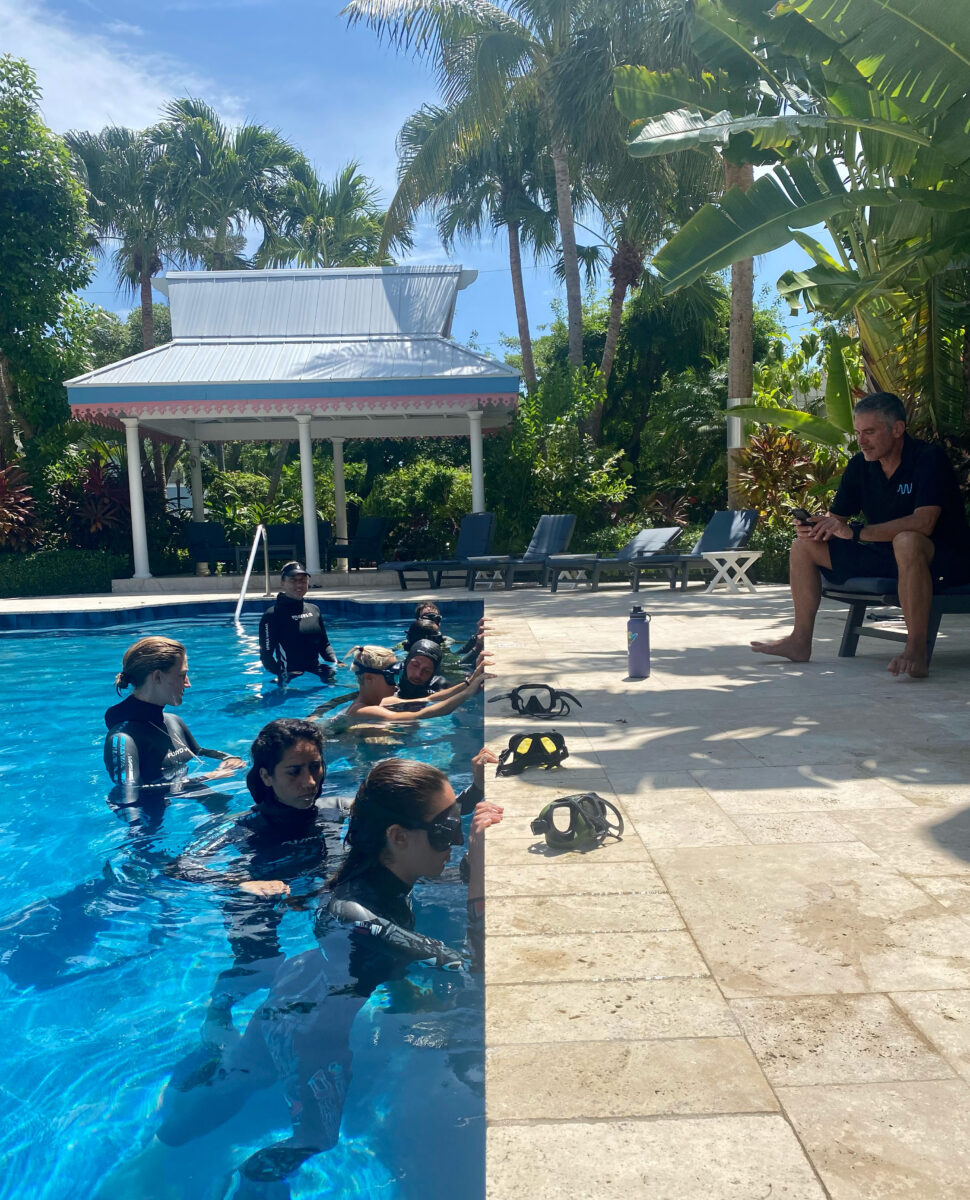

Every morning of the course would start before breakfast with stretching and breathing exercises to get our bodies warmed up and prepared for the day ahead. Often we would hit the pool after the morning’s lecture and practice static breath holds. It was incredible to see the progression that everyone on the course had in just one week. By the end, almost everyone found that they were able to hold their breath comfortably for over 4 minutes in the pool. I reached a new personal best of 4.5minutes of breath hold, which sparked a new excitement in me and appreciation for what my body and mind could be capable of. As we began our diving in the ocean, we had already covered a huge amount of material and were all starting to reach our own personal best dives. Unfortunately our progress was cut short as some of our group contracted covid and had to isolate. This meant that by the time we had finished our isolation, we only had a few days left of time in Grand Cayman to dive or train. I still feel that I have yet to reach my full potential in freediving and I am hopeful and excited to someday build upon what I learned from Kirk and the other instructors on our course.
I would like to thank all of the incredible people and sponsors who came together to make this training possible. Firstly Kirk, who’s inspiration and ingenuity brought many people together to create a training program for us, also thank you to WaterBorn TV for housing, feeding us and facilitating our freediving development. Thank you to Jason Washington and Ambassador Divers for providing photographic inspiration and a platform with which to access the deeper blue of Grand Cayman. Also thank you to Mark Labocetta, Maverick America and Oceaner for providing us with the equipment that helped us strive towards our peak performances.
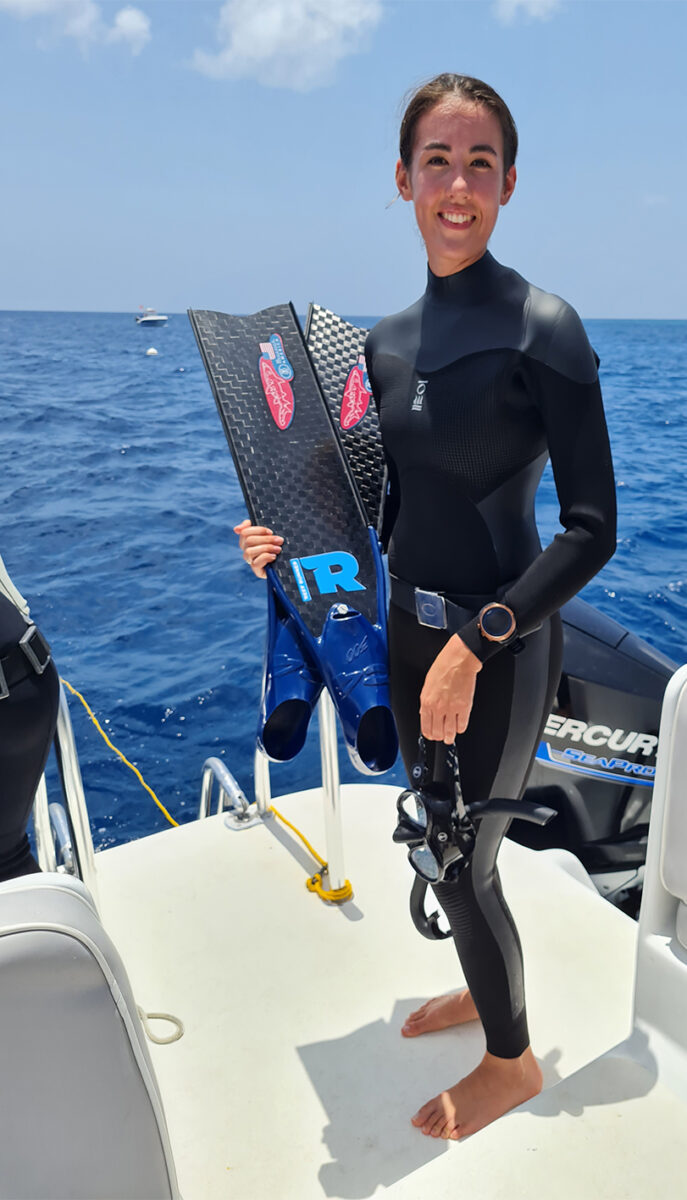
During our time on the Cayman Islands, once freed from our isolation but not yet able to dive, we explored the island and met some locals. On walks with Rosie, she introduced me to new fruits that I had never seen before like ginep and bread fruit. The generosity and kindness from the local people that we met was amazing, from ladies offering us to plunder the fruit trees in their gardens, to church bus drivers giving us a lift to town. We befriended a local business owner, who taught us about the local cuisine and cooking traditions on the island. Turtle is a national dish of the Cayman Islands, historically there was an abundance of turtles in the area. This was the second time on my travels this year that I encountered a new local cuisine that surprised me. It sparked many interesting debates in the group about why we consider different animals a good source of meat and others not, including where do we draw the line in terms of sentience and why would a farmed turtle represent something different than a farmed cow or pig? In Grand Cayman, the tradition of turtle cuisine has diminished along with the population, however turtle farming practices are still in place to prevent the further removal of turtles from the wild. We went to the Grand Cayman Turtle Centre to learn more about this and met some amazing wildlife vets and turtle researchers. They told us about how the turtle farm has actually been instrumental in reviving the turtle population around the islands. The farm has breeders that produce large numbers of eggs each year, many of which are released into the wild. It was found in a recent study using genetic tracing that 90% of nesting female turtles in Cayman are descended from turtles released from the Cayman Turtle Centre. Our newly befriended turtle researchers also invited us along to help out a night time hatchling release.


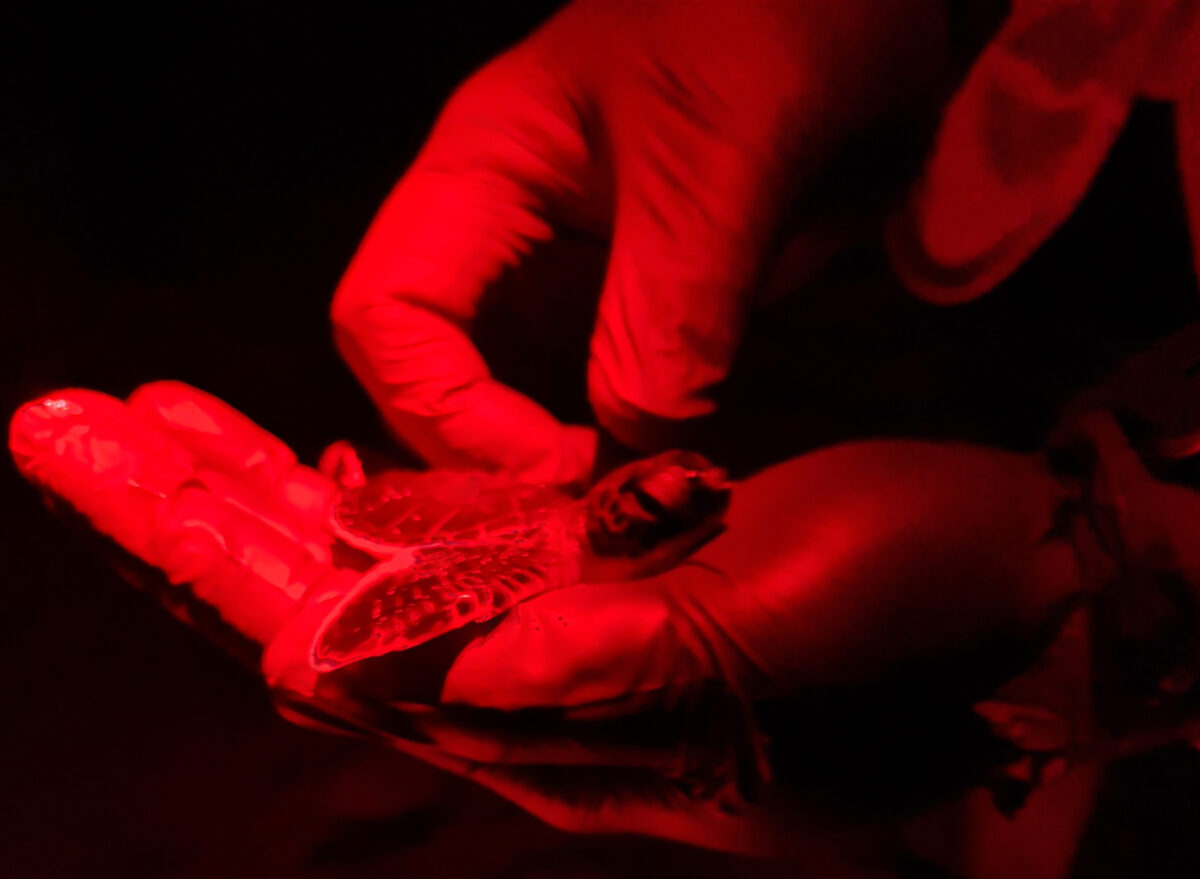
Having never witnessed hatchlings running for the ocean before, it was a beautiful experience.
The determination and bravery of such tiny animals as they race for the sea is an image that will stay with me.
Thank you to Rolex and OWUSS for making dreams come true. Also thank you to my incredible equipment sponsors Fourth Element, Suunto, Halcyon Divesystems, Reef Photo and Video, Nauticam and Reel Diving.
